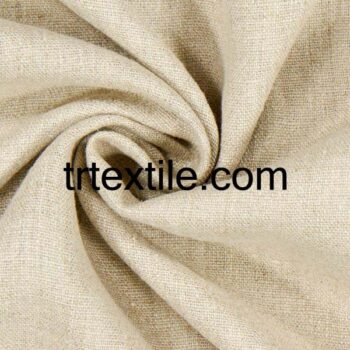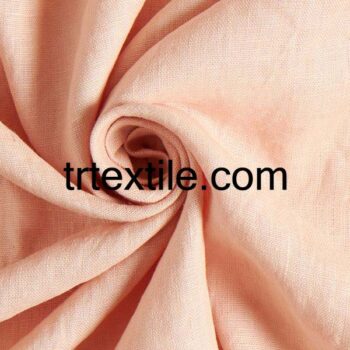-
black linen fabric
$15,00Original price was: $15,00.$13,00Current price is: $13,00. -
blue linen fabric
$15,00Original price was: $15,00.$13,00Current price is: $13,00. -
ecru linen fabric
$15,00Original price was: $15,00.$13,00Current price is: $13,00. -
honey foam Swedish linen
$15,00Original price was: $15,00.$13,00Current price is: $13,00. -
mustard linen fabric
$15,00Original price was: $15,00.$13,00Current price is: $13,00. -
orange linen fabric
$15,00Original price was: $15,00.$13,00Current price is: $13,00. -
pink linen fabric
$15,00Original price was: $15,00.$13,00Current price is: $13,00. -
red linen fabric
$15,00Original price was: $15,00.$13,00Current price is: $13,00. -
turquoise linen fabric
$15,00Original price was: $15,00.$13,00Current price is: $13,00. -
white linen fabric
$15,00Original price was: $15,00.$13,00Current price is: $13,00. -
yellow linen fabric
$15,00Original price was: $15,00.$13,00Current price is: $13,00.
Linen is a versatile and timeless fabric that has been used for centuries in clothing, household items, and more. Its natural properties make it a popular choice for many people looking for a durable, breathable, and sustainable option.
Linen is made from the fibers of the flax plant, which is one of the oldest cultivated plants in human history. The process of making linen involves harvesting the flax plant, soaking the fibers to soften them, and then spinning them into yarn. This yarn is then woven into fabric that can be used for a variety of purposes.
One of the key benefits of linen is its breathability. Linen is a lightweight and airy fabric that allows air to flow through it easily, making it an ideal choice for warm weather clothing. The fibers in linen also have natural moisture-wicking properties, which help to keep the skin cool and dry. This makes linen a popular choice for summer clothing, bedding, and towels.
In addition to its breathability, linen is also known for its durability. Linen fibers are strong and resilient, making linen fabric long-lasting and able to withstand regular wear and tear. Linen is also naturally resistant to bacteria, mildew, and moths, making it a low-maintenance option for many people.
Another benefit of linen is its sustainability. Flax plants require minimal water and pesticides to grow, making linen a more environmentally friendly option compared to other fabrics. Linen is also biodegradable, meaning it will break down naturally over time and not contribute to landfill waste.
Linen is a versatile fabric that can be used for a wide range of products. Clothing items such as shirts, pants, dresses, and suits are commonly made from linen due to its lightweight and breathable nature. Linen is also used for household items such as bedding, curtains, tablecloths, and towels. Its natural properties make it a popular choice for these items, as linen is able to regulate temperature and absorb moisture effectively.
When caring for linen fabrics, it is important to follow the manufacturer’s instructions to ensure they remain in good condition. Linen should be washed in cold water on a gentle cycle and dried on a low heat setting to prevent shrinking. Ironing linen while it is still slightly damp can help to remove wrinkles and maintain its smooth appearance.
Overall, linen is a versatile and sustainable fabric that offers many benefits to those who choose to use it. Its breathability, durability, and natural properties make it a popular choice for clothing, household items, and more. With proper care, linen fabrics can last for many years, making them a worthwhile investment for those looking for quality and environmentally friendly options.










